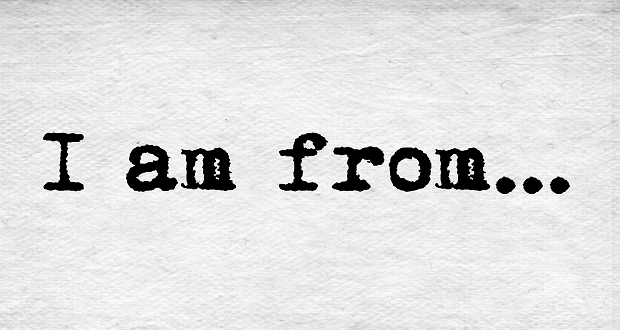 The common definition of diversity today includes both the visible (e.g. race/ethnicity, age, gender, etc.) and invisible dimensions (e.g. thinking styles, socio-economic level, education, values, beliefs, etc.). We teach that the invisible dimensions are just as important to ensuring inclusion as those that we can see.
The common definition of diversity today includes both the visible (e.g. race/ethnicity, age, gender, etc.) and invisible dimensions (e.g. thinking styles, socio-economic level, education, values, beliefs, etc.). We teach that the invisible dimensions are just as important to ensuring inclusion as those that we can see.
I want to suggest that even the visible dimensions are too often invisible. I can recall a number of personal experiences where I was made to feel invisible. One such incident happened a few years ago in a grocery store on a bitterly cold day in upstate NY. I was decked out in an oversized raccoon coat and hat, waiting to order a take-out meal. As the server looked over me and asked a person who had just come up to the counter if he could help him, I spoke up saying that I was there first. The server’s answer was, “I did not see you”. I really thought I was hard to miss in my “furry get up”!
Ralph Ellison’s unnamed protagonist, in his seminal work, “The Invisible Man”, written in 1952, claims that he is not physically invisible, but rather invisible because, as a Black man, others refused to see him. He says the invisibility is a result of the “inner eye”:
“…the construction of their inner eyes, those eyes with which they look through their physical eyes upon reality….constantly being bumped up against those with poor vision…you often doubt if you really exist.”
I posit that, in 2013, the visible, often still feel invisible. It is a feeling that others (primarily those of the dominant group) do not really see us because they do not take the time to understand how we are different. There is an all too common assumption that we are all the same, so it is not really necessary for me to “see you” because I already know you. For others, it is easier not to see you…to ignore you because it is too difficult to learn how you are different from how I am. For others the difficulty may be confounded with fear based on preconceived notions.
An article in the Journal of Experimental Social Psychology researched whether or not Black women were socially invisible. The researchers wanted to know if Black women would be noticed in a crowd of people. They showed White participants a series of photos of both Black and White people. Later, they showed the participants more photos, some new and some they had previously viewed. They found that the participants could not remember whether or not they had previously viewed the photos of the Black female faces, however, they were able to pick out Black male and White male/female faces they had seen previously.
“Cut Dead But Still Alive”, a book by Gregory Ellison examines the modern day invisibility of young black men. Cut dead is a 19th century term used by William James, which means to be snubbed completely or deliberately ignored. Unfortunately, there are so many African-American young men who feel invisible, who feel as if they are literally cut dead, but they’re living. They’re trying to attain a better future, but they’re only given the opportunity to be seen in one way.
Asian Americans have been labeled as the “model minority” with strong work ethic, comparing them to the Horatio Alger idea of upward mobility. However, research shows that Asian Americans are also conspicuously lacking from leadership positions. The lack of acknowledgment of how discrimination plays out for Asian Americans is a way that makes invisible their unique experiences.
These just represent a few examples of the invisibility of so-called visible groups.
What is the inclusion solution? It always comes back to education. However, I recommend a different type of education than we have historically preferred such as training and dialogue groups.
The first step is to deeply understand one’s own cultural reference or lens. Secondly how do I experience difference as measured by the Intercultural Development Inventory® (IDI®)? Development can only occur at the learner’s current level of competence. Until we learn to be able to step into another’s shoes and view the world from their perspective, rather than ours, we will continue to live in a world with perpetual “poor vision.” It takes time, willingness to challenge our own way of thinking and willingness to be a life-long learner.



















